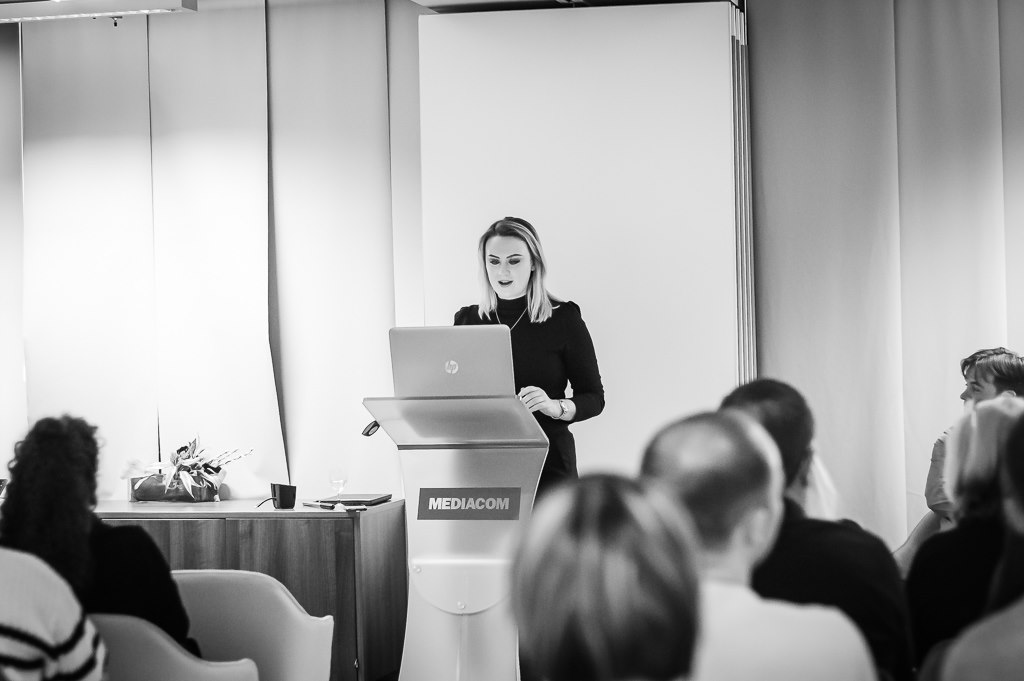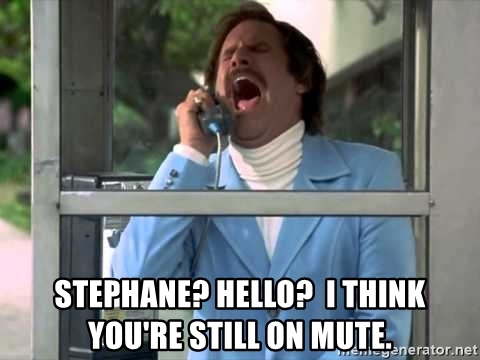
by Sian English, MPA’s vice chair and head of marketing at leading proptech provider, Street Group
Back in February this year, the MPA held a Big Debate on a vision for the future of the media, digital, and creative sector in Manchester. Fast forward 5 months to July 2020 and being in a room full of people, socialising, laughing and hugging seems like a hazy dream. Nevertheless, as we’re over halfway through the year, I’ve found myself thinking back to some of the issues raised that evening and wondering how they fit with the here and now.
Technology takes away friction from our lives (then adds a bit just for fun)
Where would we be right now without Zoom, Slack and Google Meet? Happier some days. Lonelier on others. The anxiety of these video calls is all too real.
The truth is, as much as we’ve hailed tech for removing the need to be face to face or physically in the same space, the reality of having them taken away completely has been complicated. Not to mention, frustrating.

“You’re on mute. YOU’RE ON MUTE!”
Honestly, how many minutes, hours and days have you spent since March informing a colleague, elderly relative or pal that they need to put their mic back on? If I had a merch contact, you bet your ass I’d be selling slogan tees right now. Similarly, hands up if during said video call, you’ve found yourself sharing a point, seemingly stunning colleagues into silence. Only, during the monologue, it turns out your internet went down or laptop gave up and you’ve actually been chatting to yourself? Confidence bubble, burst.
On a more serious note, technology is undoubtedly one of the main reasons some have been able to adapt so quickly or even flourish during these difficult times. Points raised during the MPA Big Debate were around how technology lowers the barriers to entry, brings people together from around the world and enables us to innovate and drive change. It was also suggested that creativity will become increasingly valuable and critical over the next decade, with the things we choose to engage with meaning more than ever before.
So what does all this mean for businesses now? Well, it’s not original, but it is still true to say that efficient organisations don’t look or sound the same as they did 30 years ago, nevermind 30 weeks ago. The pandemic has blown the bloody doors off a lot of fears around home or more flexible working, but to really address the point around creativity becoming the thing of value, it goes much deeper than the hours or where we work. It’s who we work with and how we find, collaborate, attract and retain them.
“Companies that have more diverse management teams have 19% higher revenue.” – original source, McKinsey, via https://medium.com/hr-blog-resources/top-5-workplace-diversity-statistics-2f4ba1d03a2e
To build on ideas from the original debate, I believe an updated vision for the future needs a sharper focus on bringing in even more diverse voices to organisations. Not stopping there, we need to ensure those voices have a real seat and sway when it comes to key decision making.
“Without diverse leadership, women are 20% less likely than straight white men to win endorsement for their ideas; people of color are 24% less likely; and [those who identify as] LGBTQ+ are 21% less likely.” – original source, McKinsey, via https://blog.bonus.ly/diversity-inclusion-statistics
It’s been said a million times before, but if the things people choose to engage with will mean more than ever, those curating, creating and communicating them have to be truly inclusive and reflective of the times. Technology can help with a lot of things, but it’s on people to make this change.
Like Dolly once said, “We cannot direct the wind, but we can adjust the sails.” – Dolly Parton.
